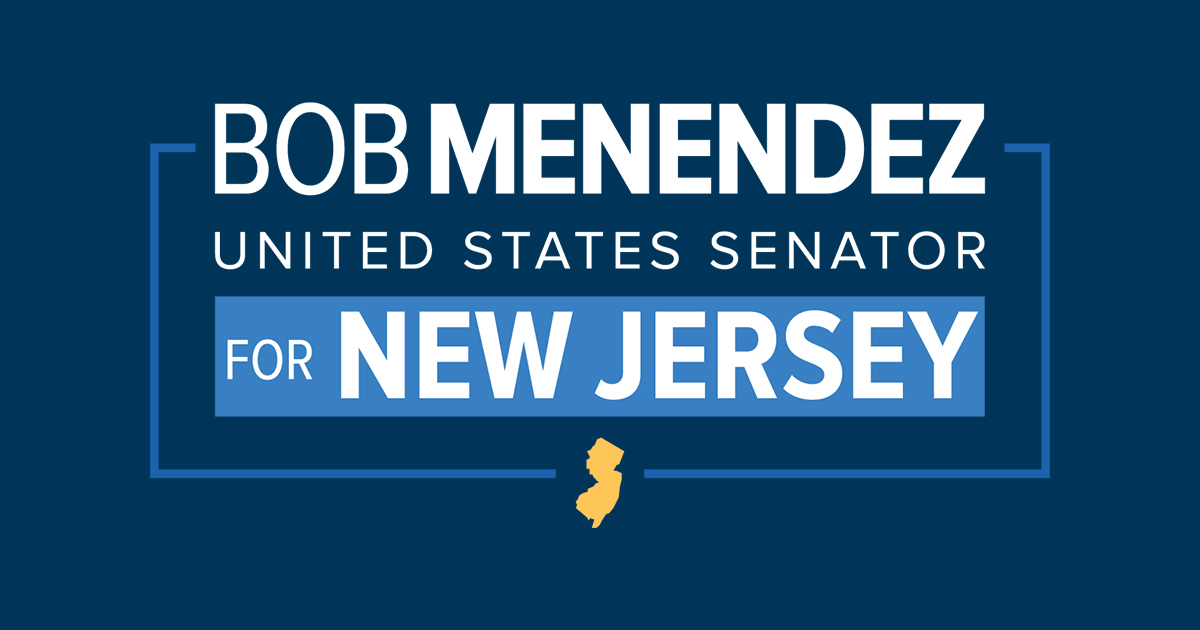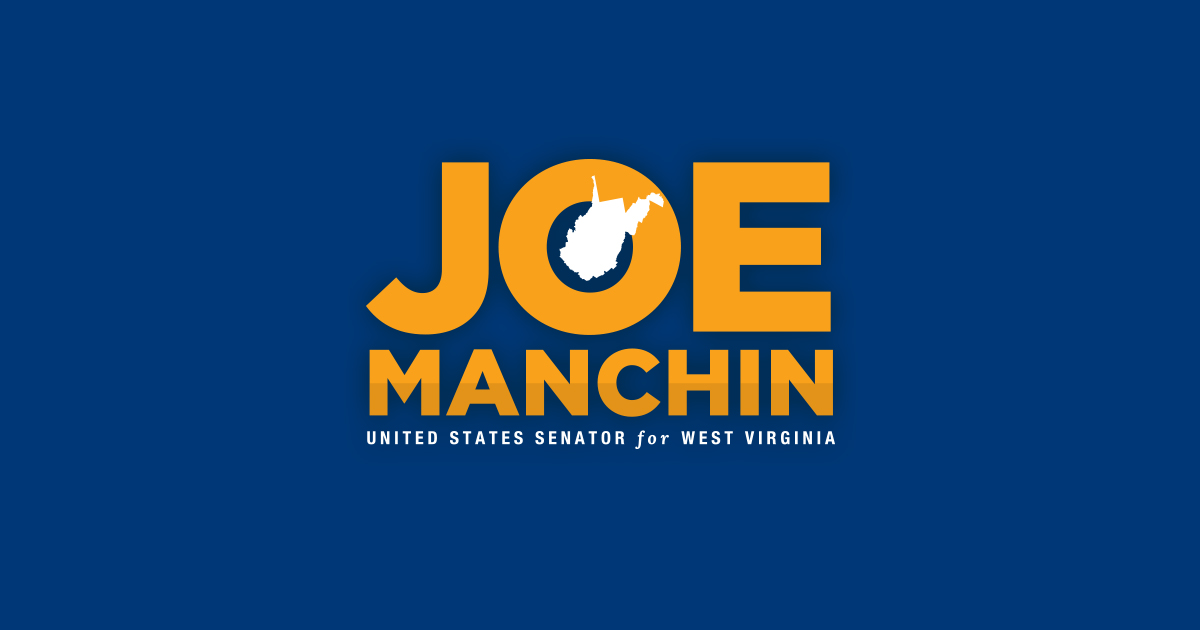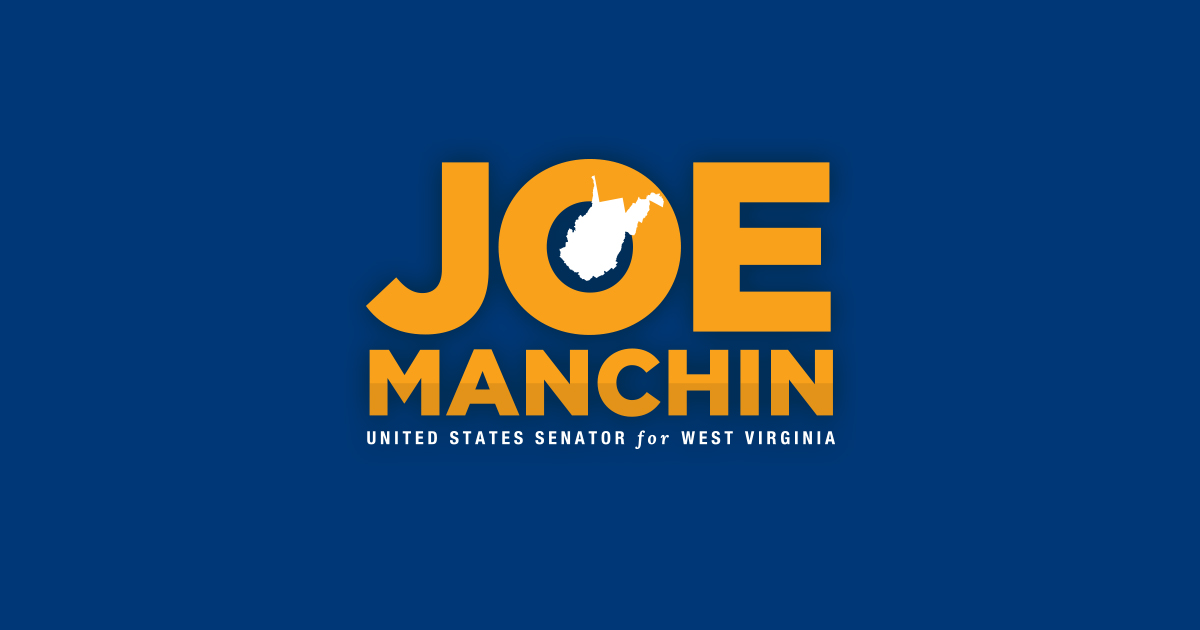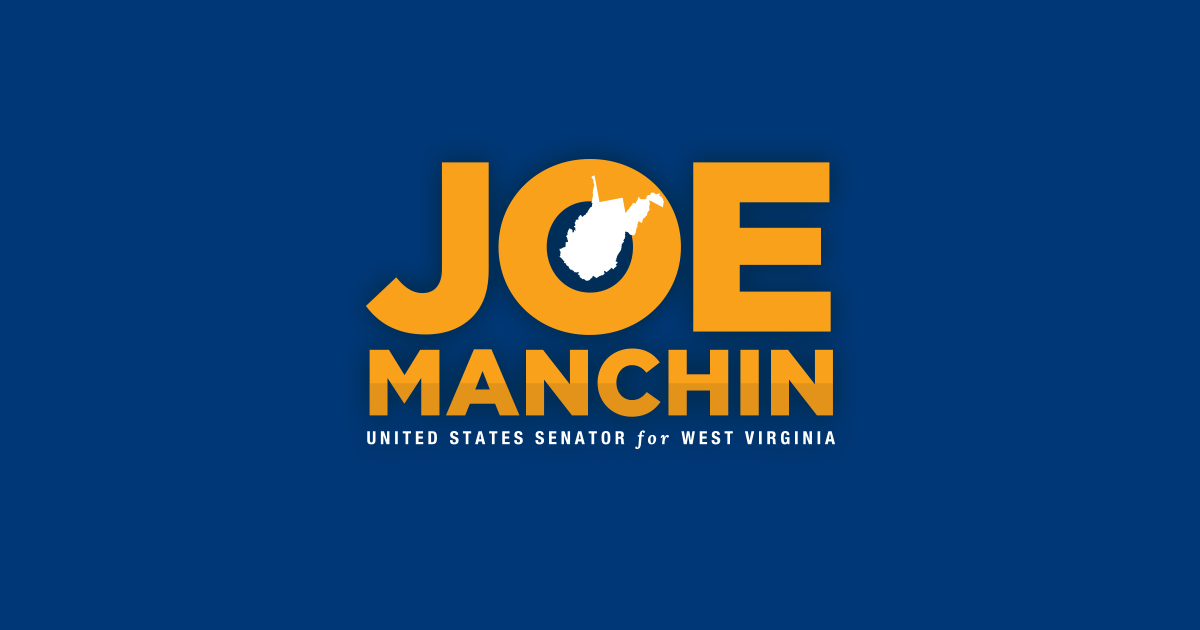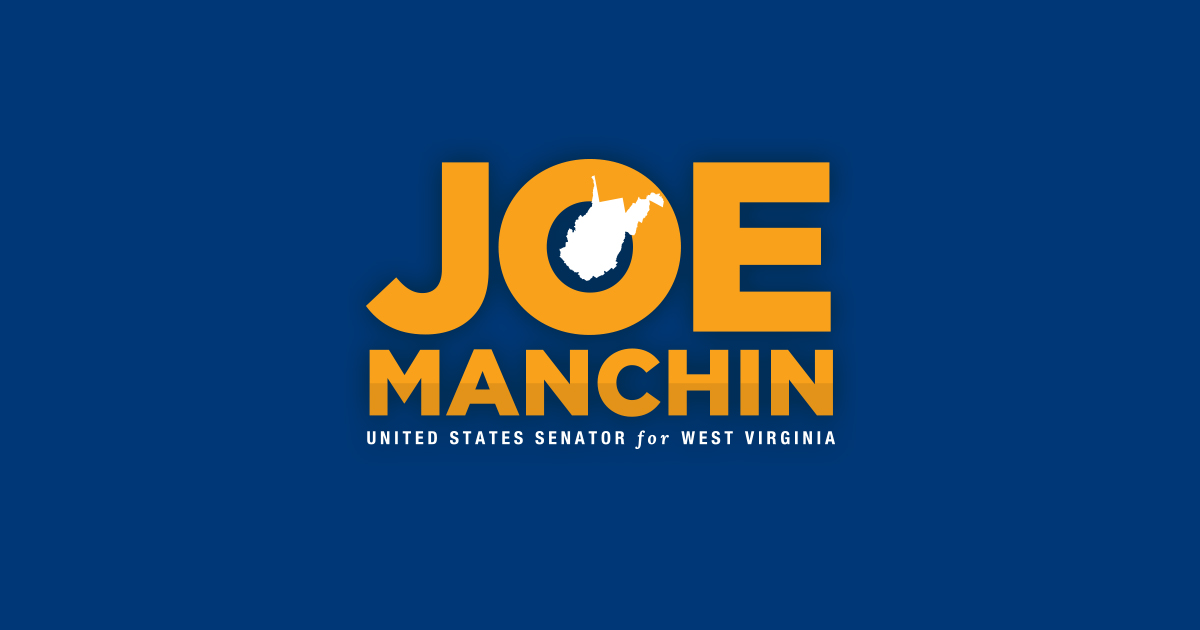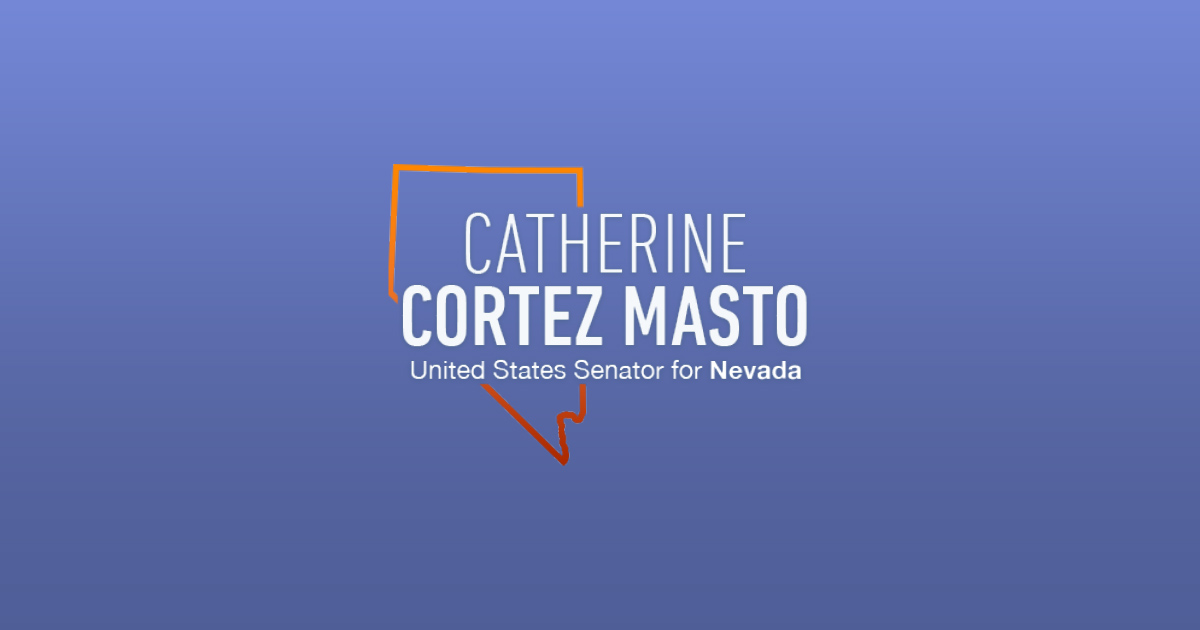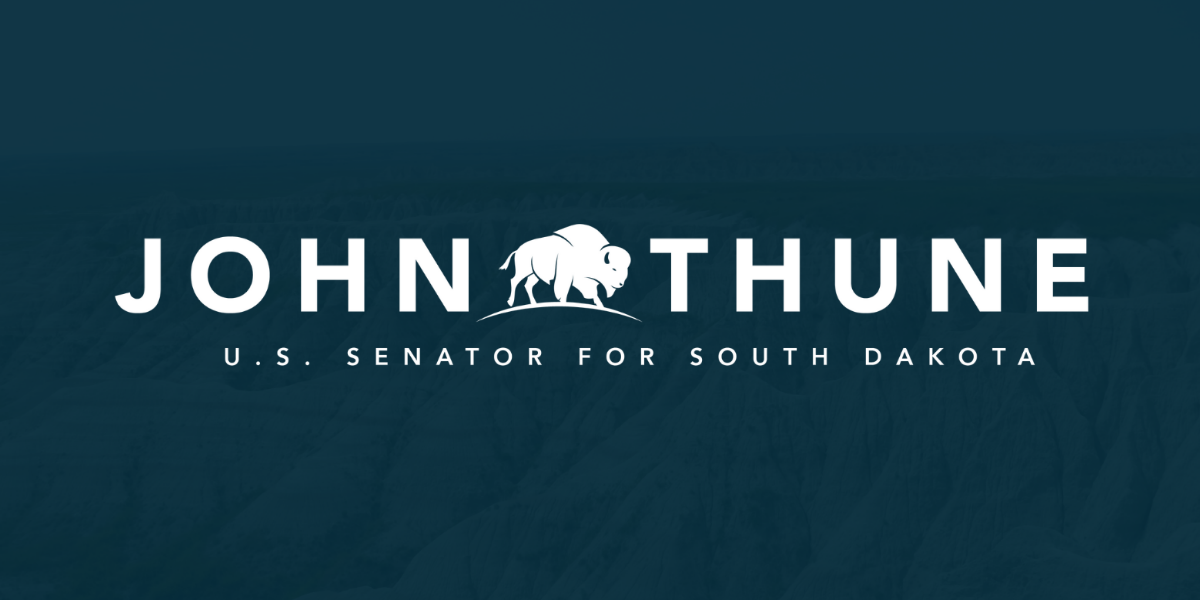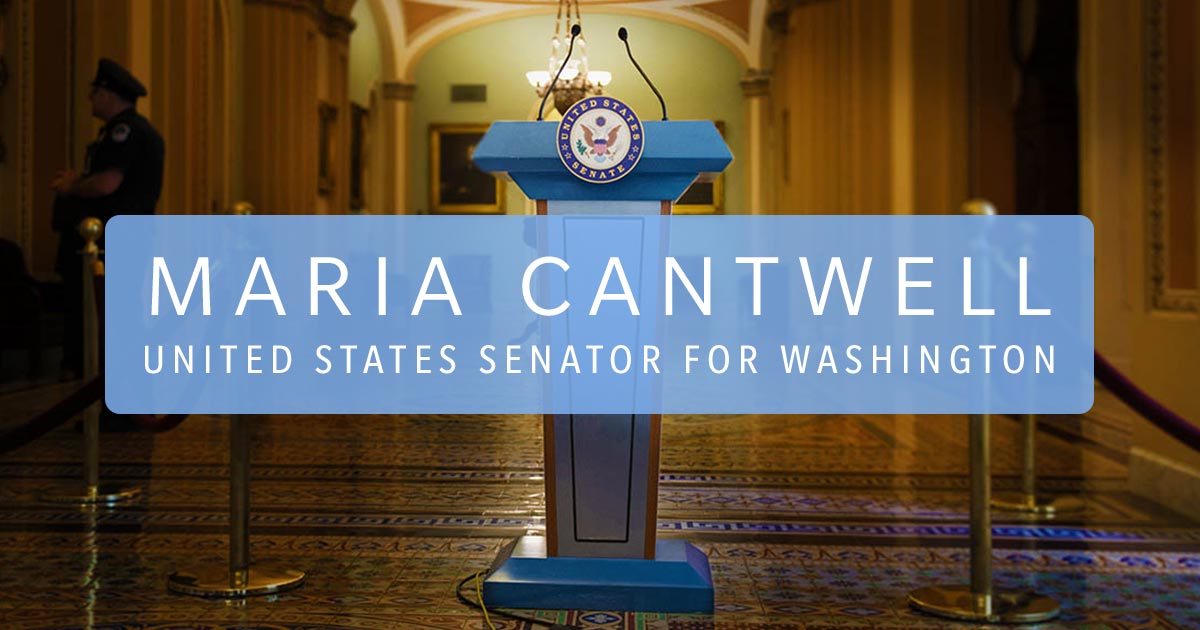Source: United States Senator for Washington Maria Cantwell
06.06.23
NOAA Announces $3.31 Billion Investment in Coastal Resilience, Salmon Recovery, and Infrastructure – Largest in Agency’s History
Funding was secured by Cantwell in Inflation Reduction Act – includes $390M for tribal fisheries, including salmon hatcheries to help boost orca populations, and $83M to rebuild Seattle’s NW Fisheries Science Center; Cantwell: “This is a record amount of investment in salmon, salmon habitat and in salmon recovery
SEATTLE – U.S. Senator Maria Cantwell (D-WA) joined U.S. Secretary of Commerce Gina Raimondo and Under Secretary of Commerce for Oceans and Atmosphere and National Oceanic and Atmospheric Administration (NOAA) Administrator Rick Spinrad, Ph.D., to announce a $3.31 billion framework to build climate resilience and support coastal communities through the U.S. Department of Commerce’s Inflation Reduction Act (IRA) funding.
Included in the historic nationwide effort is millions of dollars that will support salmon recovery in the State of Washington, and an $83 million commitment to rebuild the Northwest Fisheries Science Center in Seattle.
“This is a record amount of investment in salmon, salmon habitat, and in salmon recovery,” Sen. Cantwell said. “[This funding] is about removal of fish barriers, such as levees — or what we call deadbeat dams — investments in culverts and blockages, and helps to ensure salmon migration routes enable more salmon to return to their spawning grounds.”
“Coastal communities face a unique and widespread climate challenge, including more severe ocean storms, sea level rise, ocean acidification, [and] shifting fish populations that impact fishing communities,” Sen. Cantwell continued. “This funding makes a one-time investment in science that we need to make smarter decisions. We know that our large scale ecosystems are being impacted by climate, and we need to build what is our natural infrastructure to prevent against those storm surges, those floods, and other things that can be mitigated by us making some natural resource infrastructure investments.”
Part of President Biden’s Investing in America Agenda, this initiative will support climate-ready communities and people on the frontlines of climate change, and benefit coastal and Great Lakes communities nationwide. Sen. Cantwell will be continuing to work with the Department of Commerce to expand coastal resilience funding for tribal communities. Additional investments from the IRA will improve weather and climate data and services, support conservation and restoration initiatives, and strengthen NOAA’s fleet of research airplanes and ships.
Low lying areas across Washington state could be permanently underwater by 2050, including parts of Seattle, Tacoma, and Olympia. In Grays Harbor County, more than 20% of the population is located in the 100-year floodplain, along with nine schools, three police stations, and three fire stations. Communities in these areas will benefit the most from technical assistance and coastal resiliency construction grants to help prepare for the threat of extreme weather and flooding associated with climate change.
Sen. Cantwell authored these provisions and urged their inclusion in the IRA. The last two years have been historic for salmon recovery. As chair of the Senate Committee on Commerce, Science, and Transportation, Sen. Cantwell fought to secure a historic $2.855 billion investment in the 2021 Bipartisan Infrastructure Act for salmon and ecosystem restoration programs, including $1 billion for culvert removal, as well as tens of billions of dollars allocated for water infrastructure.
Among the initiatives announced to receive funding that will benefit the State of Washington are:
$83 million to replace the Northwest Fisheries Science Center in Seattle
The plan includes more than $83 million dollars to replace the Northwest Fisheries Science Center in Seattle. The center is the crown jewel of fisheries research in Washington state. This center and its nearly 300 scientists are a key part of restoring Puget Sound, recovering orcas, building our sustainable fishing economy and supporting our shellfish farms here in the state. By replacing this lab, this cutting edge salmon, fisheries, and Puget Sound recovery science can continue for generations. This lab conducted cutting-edge research such as studies to better understand the impact of tire runoff on salmon survival.
$3 million for a down payment for a new discovery center for the Olympic National Marine Sanctuary in Port Angeles
The plan includes a $3 million down payment for construction of a new discovery center for the Olympic Marine Sanctuary Visitor Center in Port Angeles. This project will be located along the redeveloped waterfront near the new arts and community center and help make the sanctuary more accessible to the community by providing public education spaces, and offices for sanctuary personnel and scientists that help protect this national treasure. This new interpretive center will help strengthen the partnership between NOAA, Port Angeles, and the whole peninsula. This initial funding will help get the project started. The total cost of the project will be around $15 million.
$390 million nationally for tribal priorities, which includes:
- $240 million for salmon and steelhead hatchery infrastructure
This funding represents NOAA’s largest-ever investment toward salmon and steelhead hatchery infrastructure. NOAA, in partnership with the Bureau of Indian Affairs, will direct funding to boost salmon production to support salmon and steelhead stocks, in turn supporting tribal fisheries, and our orcas who rely on Chinook salmon for survival. These projects will expand existing hatcheries to increase salmon production, as well as construct new hatcheries. One of the top threats to Southern resident orcas is their ability to find their favorite prey, Chinook salmon. This funding will support orca recovery and access to prey, consistent with recommendations from the Orca Task Force. These hatcheries will also help protect fishing access for tribal, commercial and recreational fishers and reduce fishing pressure on wild stocks.
- $60 million for Mitchell Act hatcheries
The Mitchell Act, which was passed in 1938, currently supports roughly one-third of all of the hatchery production in the Columbia River. Under the Mitchell Act, funding is provided to produce salmon and steelhead in the Columbia River Basin for harvest and conservation purposes. This funding will help address salmon and steelhead hatchery infrastructure projects, boost salmon and steelhead production, and make investments in existing hatcheries so that they can continue to produce Columbia River salmon for years to come.
- $20 million for capacity building
The plan will assist Tribes in assessing climate and habitat restoration needs, on permitting, and other challenges to ensure Tribes have the ability to identify and adapt to the impacts of climate change.
- $70 million for fish passage
The plan includes an additional $70 million for the removal of fish passage barriers such as levees, small dead beat dams, culverts and other fish passage blockages. These projects will build upon the National Culvert Grant Program to help open up salmon migration routes, and enable more salmon to return to their spawning grounds.
$575 million for the new Climate Resilience Regional Challenge competitive grant program
NOAA will fund a new competitive grant program that will invest in collaborative coastal resilience projects. This new grant program supports coastal communities grappling with the impacts of climate change by funding projects that support regional coastal resilience projects. Tribes are on the front line of coastal hazards and will be uniquely qualified for these funds.
$349 million for Climate-Ready Fisheries
The National Marine Fisheries Service will receive $329 million to support projects to conserve fisheries and protected species in coastal regions around the country. The investment includes increases in stock assessment funding nationally, including the West Coast and Alaska. This funding will also further support salmon recovery, such as an additional $15 million for the Pacific Coastal Salmon Recovery Fund.
Research Investments
NOAA also announced two new research vessels to help map our oceans, understand our changing climate and improve fisheries science, as well as a new hurricane hunter aircraft that will be instrumental in helping the West identify and prepare for atmospheric rivers and other extreme storms.
Funding for the Integrated Ocean Observation System, including for buoys that measure ocean acidification
The funding will allow NOAA to deploy additional buoys and other technology that measure ocean acidification and other oceanographic data to help measure and understand ocean acidification and other ocean related stressors. Ocean acidification is already negatively impacting coastal economies in Washington state. A study in Nature Climate Change identifies communities at significant risk for sustained economic losses resulting from ocean acidification’s impact on shellfish fisheries. Washington state was one of 15 states with the highest risk.
Acquisition of a second G550 “hurricane hunter” aircraft
The funding will allow NOAA to purchase a second hurricane hunter aircraft. This aircraft allows NOAA to fly directly into severe weather to collect data needed to track and understand storms, to help communities prepare for extreme weather events that are increasing with climate change. On the West Coast, these aircraft are crucial to NOAA’s ability to understand and develop forecasts for atmospheric rivers which create substantial flooding and other threats to communities.
$60 million for climate-ready workforce:
NOAA will meet the emerging and existing needs of employers by placing workers in high-quality jobs that enhance climate resilience. Training and support services will help American workers advance their careers and implement climate resilience efforts within public and private sectors. Details on this new competition will be available in early summer.
$200 million nationwide for Oceanic and Atmospheric Research and Forecasting
- $150 million of this allocation will support NOAA’s weather and climate research, including the National Weather Service and the Office of Oceanic and Atmospheric Research. $50 million will support competitive grants to universities, state and tribal governments, and others. This will fund climate research for atmospheric processes such as the causes and impacts of extreme weather, as well as the impacts of climate change on marine species and coastal habitat. These investments will support the development of more accurate and timely weather forecasts, improved climate change predictions, and the development of products and services needed to ensure communities receive the data they need to keep their families and communities safe in the face of climate change.
- In Washington state, the historic investment in weather and forecasting will improve climate prediction models and research on emerging extreme weather events such as forecasting of flooding, fire, hurricanes, atmospheric rivers, extreme thunderstorms, and tornadoes. The new funding for competitive grants will fund climate research for atmospheric processes, as well as the impacts of climate change on marine species and coastal habitat.
- Sen. Cantwell authored these provisions and urged their inclusion in the reconciliation bill. She led the effort to improve weather forecasting in the Pacific Northwest for more than a decade — in 2011, Sen. Cantwell spearheaded the successful push to get Washington state’s first coastal Doppler radar in Grays Harbor to improve severe storm and precipitation detection. She worked to secure hundreds of millions for various forecasting programs in the Bipartisan Infrastructure Law including: $100 million for NOAA Fire Weather; $80 million for NOAA High Performance Computing; and $492 million for NOAA Flood Mapping, Forecasting, and Water Modeling. Last year, Sen. Cantwell introduced the Fire Ready Nation Act of 2022, a bill to improve wildfire forecasting.
$190 million nationwide to boost NOAA’s computing capacity and research for weather, oceans, and climate
- This bill includes funding to address supercomputing needs across the whole of NOAA and increase NOAA’s overall processing power. High performance computing is undergoing a rapid transformation with new advances in cloud technologies, exascale systems, quantum technologies, and computing architectures. According to the NOAA Science Advisory Board, NOAA is insufficiently prepared to leverage these new computing technologies, which will restrict its ability to advance weather forecasting.
- In Washington state, NOAA relies on supercomputing to meet critical weather and climate forecasting objectives that are considered vital to the protection of life and property. The bill will fund research by NOAA scientists to improve weather prediction in the growing number of cases of extreme weather in Washington state.
- Sen. Cantwell authored these provisions and urged their inclusion in the reconciliation bill. She previously worked to secure $80 million for NOAA high performance computing in the Bipartisan Infrastructure Law.
Audio of yesterday’s call is available HERE; and a transcript HERE.
